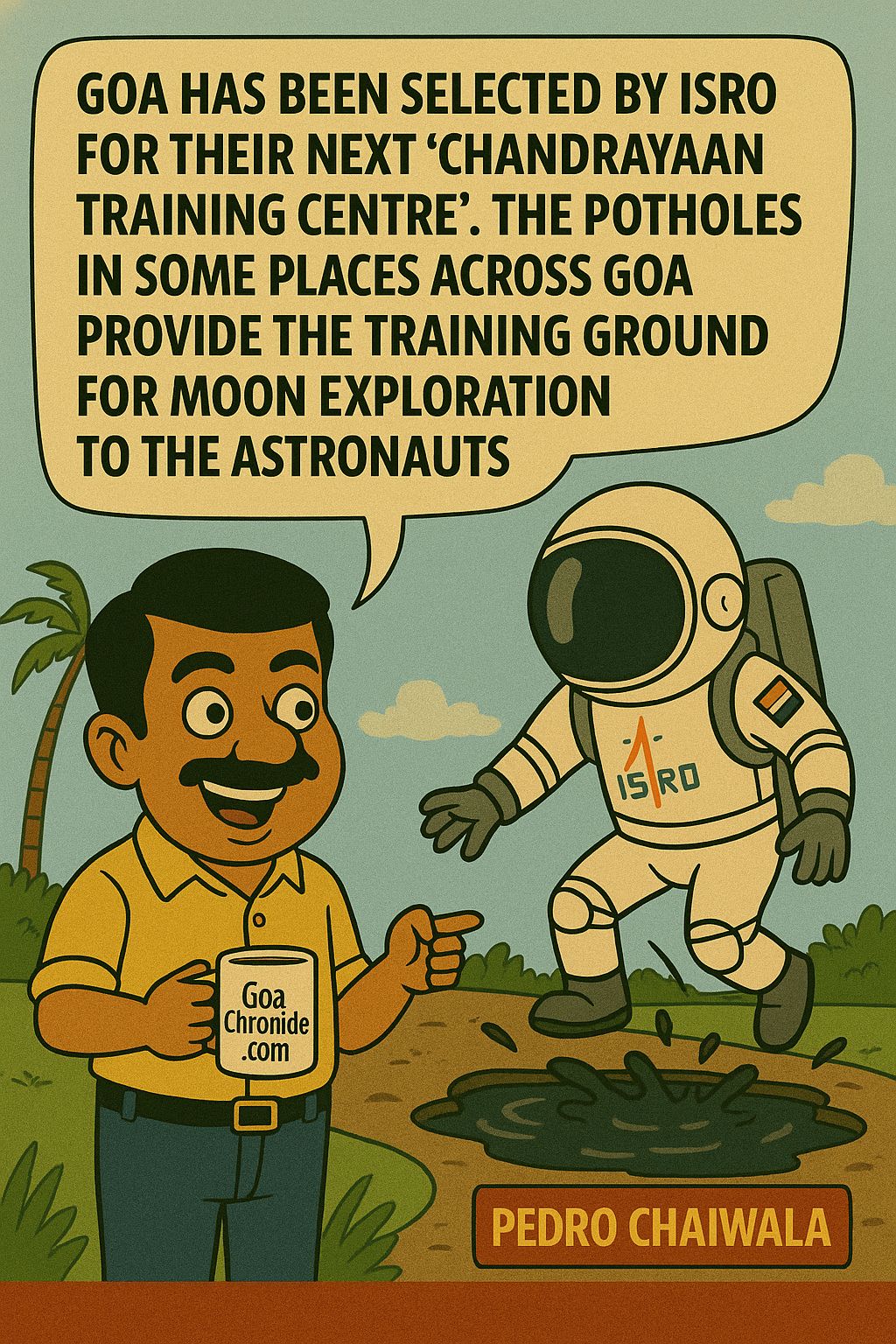In the small riverside town of Rajshahi in Bangladesh, 58-year-old farmer Abdul Momen wakes at dawn, not to the call of the muezzin, but to the murmur of the Ganga. He listens for her pulse, watches her colour, and tries to gauge if she’ll be kind that day. His paddy fields depend on her generosity. But of late, the river has grown moody, thinner, more hesitant, slower in her flow. And Momen isn’t alone in his unease.
Across both banks of the Indo-Bangladesh border, from Murshidabad to Kushtia, there’s a palpable tension. It doesn’t come from soldiers or speeches, but from water, that most ancient of geopolitical tools.
“Water is a dry subject”, as my favourite exponent of hydro-diplomacy, Dr Uttam Kumar Sinha, says. But, is there any point discussing water?
Earlier this year, in April 2025, India suspended the Indus Waters Treaty (IWT) with Pakistan, a historic move that broke with over six decades of water-sharing continuity. That treaty, a post-colonial marvel, had withstood wars, nuclear brinkmanship, and diplomatic standoffs. But India’s patience finally ran dry, citing terrorism and strategic imbalance.
Now, another shift is underway. The 1996 Ganga Water Sharing Treaty with Bangladesh, due for renewal in 2026, is being re-evaluated in New Delhi’s corridors of power. And although no one is using the word ‘scrap,’ the message is clear: the era of static water agreements is over.
The Ganga Treaty was once hailed as a model of regional cooperation. Signed by Prime Ministers H.D. Deve Gowda and Sheikh Hasina, it gave Bangladesh an assured share of the lean-season Ganga flow from January 1 to May 31, monitored at the Farakka Barrage in West Bengal.
The deal was pragmatic and politically generous. But it was also built on data from a different time, when India’s population was smaller, urban water demand was lower, and climate change wasn’t yet redrawing rainfall maps.
Nearly 30 years on, the situation has evolved. With eastern India facing increasing hydrological stress and Bangladesh seeking water justice, both sides feel constrained by an agreement frozen in the 1990s.
India is not withdrawing from the treaty, but it wants revisions. Government officials, after consultations with the Ministry of Jal Shakti, External Affairs, and the West Bengal government, are seeking:
1. An increase of 30,000 – 35,000 cusecs in India’s share during peak lean months to ensure water security in states like Bihar and West Bengal.
2. A shorter treaty lifespan of 10 to 15 years, allowing adjustments based on rainfall, snowmelt, and population trends.
3. Real-time data sharing through telemetry and satellite tracking, moving beyond 40-year averages and replacing legacy assumptions with live metrics.
The argument is simple: treaties must reflect current and future realities, not just past goodwill.
In Dhaka, Sheikh Hasina’s government would have walked a tightrope. While her tenure had seen perhaps the warmest phase in India-Bangladesh ties, there was unease. The unease is more pronounced under the leadership of the Chief Advisor, Mr Muhammad Yunus. The Ganga, for Bangladesh, is not just a waterway, it is a vein of life.
Over 30 million Bangladeshis depend on it for drinking, irrigation, and fisheries. The Sunderbans’ fragile salinity balance relies on its freshwater pulse. A drop in flow during the lean season could invite agricultural ruin and ecological disaster.
Dhaka’s diplomats have acknowledged India’s internal needs but quietly warn that an unequal renegotiation could strain decades of goodwill. There’s growing domestic criticism about India’s hold on upstream water infrastructure, and how that leverage could be used as silent pressure in times of strategic divergence.
The shadow of the Indus Waters Treaty looms large over the Ganga conversation. While Pakistan and Bangladesh are very different neighbours, Delhi’s signalling is unmistakable. Water, once India’s softest diplomatic tool, is now being strategically recalibrated.
When India suspended IWT in April, it marked the first time in history that the country used river management as a retaliatory signal. That precedent has emboldened New Delhi’s assertiveness on other water fronts, including the Ganga.
It’s not a threat, but a reminder: India will prioritise its hydrological and strategic imperatives first.
Beyond environmental or developmental concerns lies another critical layer: national security. The Farakka Barrage sits not far from the Siliguri Corridor, a 22-kilometre-wide strip that connects the Indian mainland with its northeast. Any disruption here, natural or man-made, can complicate troop movement, supply chains, and energy flow.
Control over upstream water levels helps ensure geostrategic insulation for India’s vulnerable northeastern edge. This is especially critical with increasing Chinese footprints in Nepal, Bhutan, and even in Bangladeshi port infrastructure.
In Farakka town, 67-year-old Ramlal Singh, a retired irrigation technician, reminisces about the 1970s when the barrage first began operations. “Back then, people saw Farakka as a symbol of India’s development, not diplomacy,” he says. “Now it’s like the dam listens more to Delhi than to the river.”
Fisherfolk in adjoining areas complain of reduced catch. Farmers say water sometimes arrives too early—or too late. The balance, they say, has shifted.
A similar refrain is heard in northern Bangladesh, where community leaders speak of “dry fields and wet promises.” For villagers in places like Chapai Nawabganj, treaty numbers mean little, what matters is how much water the pumps draw.
Yet all is not adversarial. India and Bangladesh share one of the most vibrant people-to-people relationships in South Asia. The Joint Rivers Commission (JRC) is already quietly engaging on renewal frameworks. Experts on both sides are exploring shared basin models, sedimentation solutions, and seasonal stagger agreements.
New Delhi also knows that pushing too hard could drive Dhaka further into China’s arms, a scenario it is keen to avoid.
There’s also the reality of Sheikh Hasina’s legacy. She had consistently bet on friendship with India, despite opposition back home. Helping craft a treaty that balances both nations’ needs could become a crowning diplomatic achievement.
If 2025 was the year India abandoned idealism on the Indus, 2026 may test its pragmatism on the Ganga.
Water is now more than a flow, it is a message, a measurement, and a mirror of relationships. For New Delhi, this is about setting a precedent: treaties must serve people in the present, not just honour the past.
For Dhaka, it is about safeguarding a sacred connection, to a river that feeds its soil and soul. And for the millions who live along its banks, this is not diplomacy, it is daily life.
As the Ganga continues her ancient journey, she asks nothing but balance. May statesmen find in her rhythm the wisdom to honour both history and humanity.































